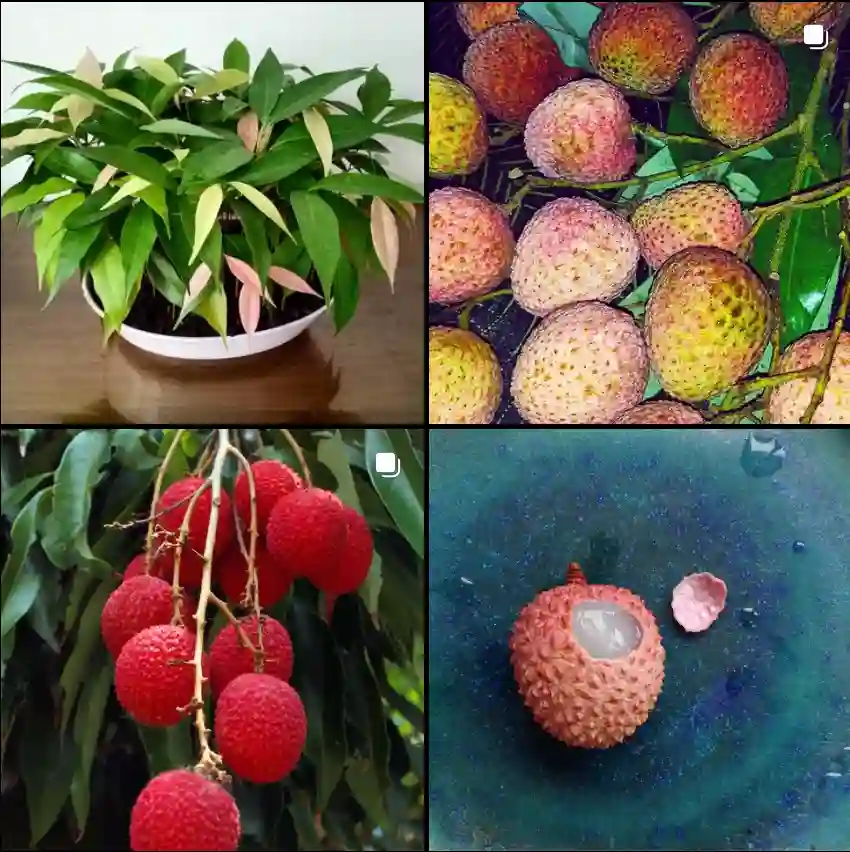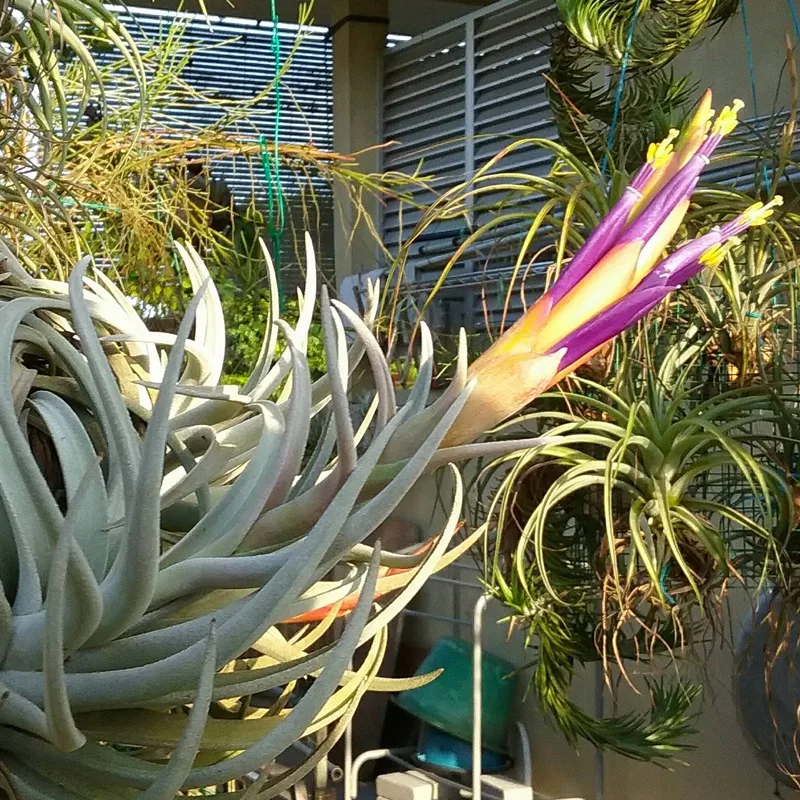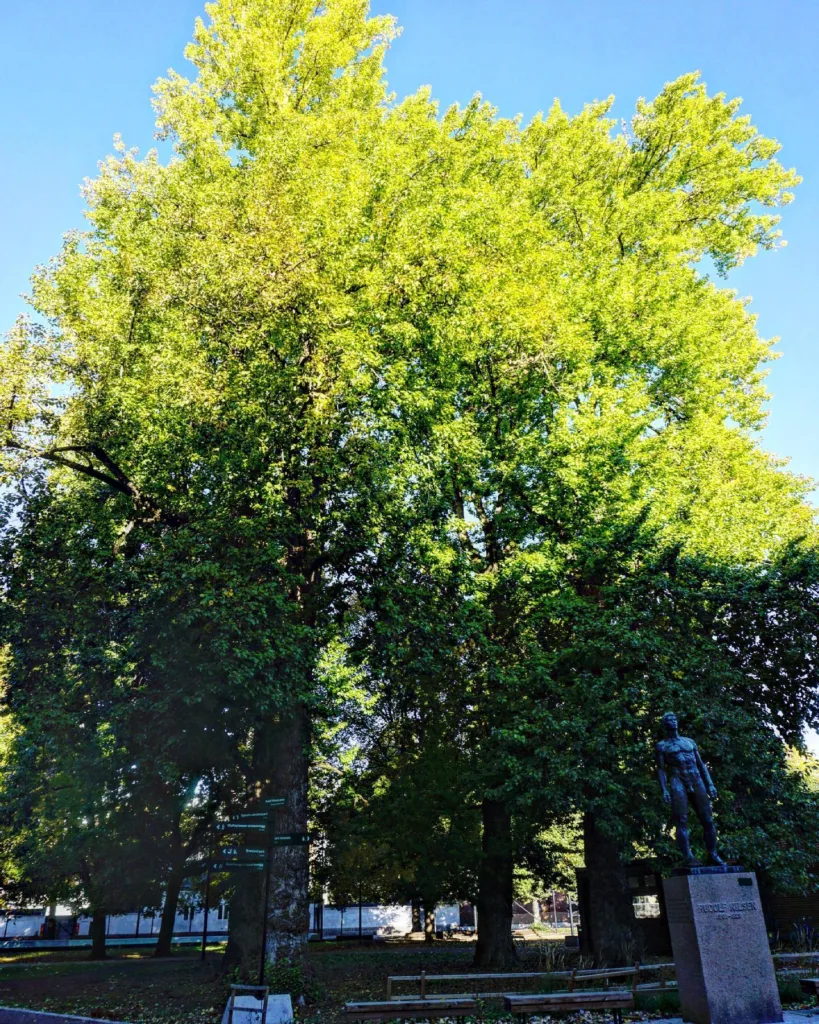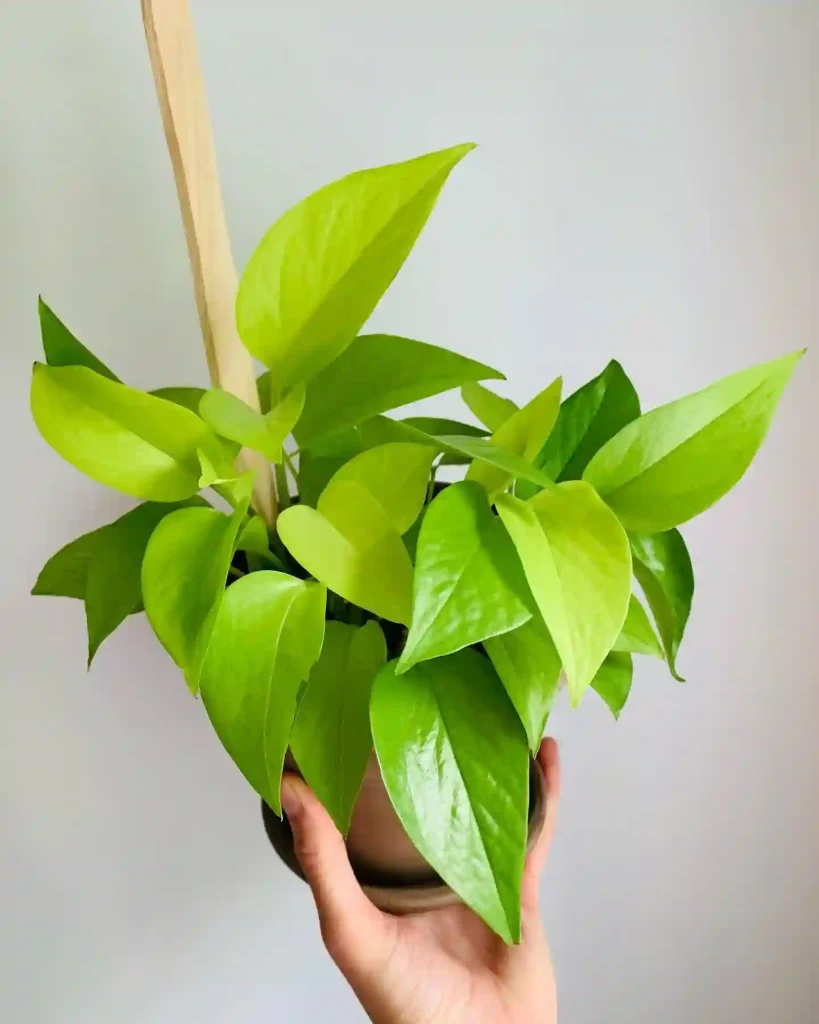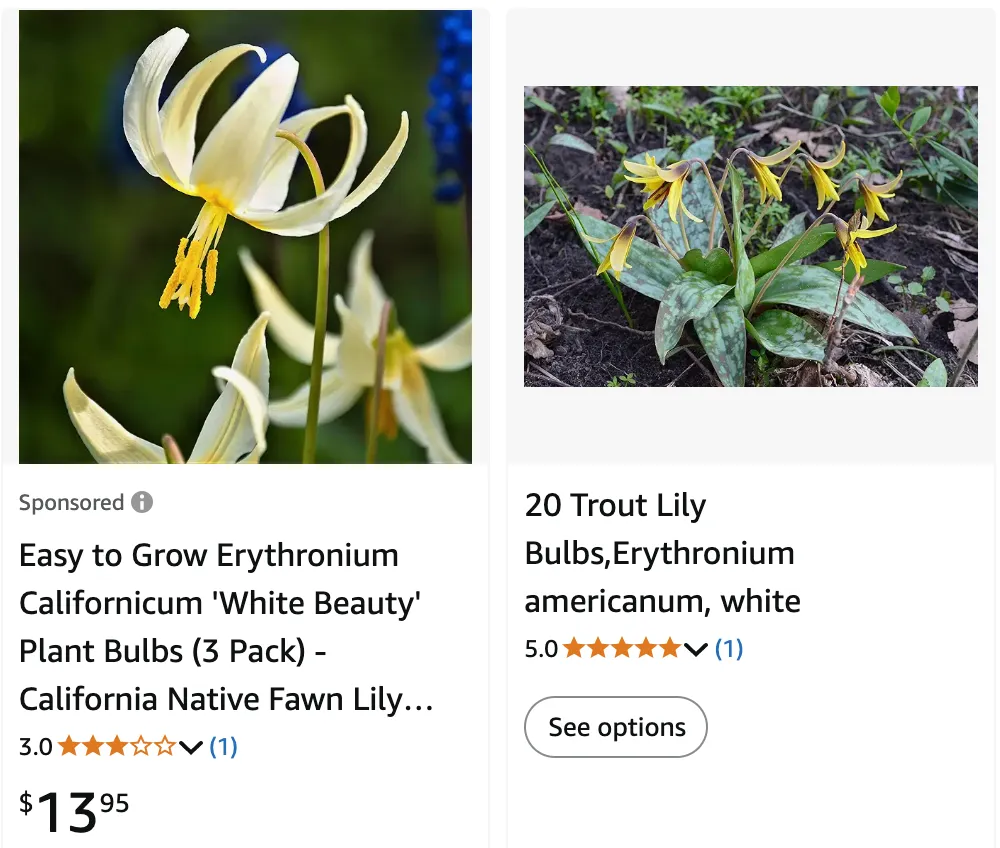
July 2 – Erythronium
"Erythronium, the trout lily, defines July 2."
Erythronium symbolizes renewal and grace. You embody a quiet elegance and have a refreshing presence that inspires those around you. Like its delicate blooms, you bring a touch of beauty and hope to even the most fleeting moments.
Erythronium: My Love Affair with Fawn Lilies
The first time I saw an Erythronium, I was captivated. It was a delicate, nodding flower, its petals swept back like the wings of a tiny, graceful bird. The dappled sunlight filtering through the trees above painted the flower in shades of cream and gold, highlighting the subtle purple veins that traced the petals. It was an Erythronium, a fawn lily, and I was in love.
Since that day, I’ve made it my mission to learn everything I can about these exquisite plants. They’re ephemeral, their beauty fleeting, but that only makes them more precious. Each spring, I eagerly await their arrival, watching as they emerge from the cold earth and unfurl their elegant blooms.
A Diverse Genus
Erythronium, a member of Liliaceae – the lily family, is a genus of about 33 species. Most are native to North America, gracing woodlands and meadows with their presence. A few species, however, hail from Eurasia, adding to the diversity of this fascinating genus.
Here are Erythronium species:
- Erythronium americanum: Also known as the trout lily or yellow dogtooth violet, this eastern North American native boasts solitary yellow flowers and mottled leaves.
- Erythronium californicum: This Californian beauty, often called the California fawn lily, displays creamy white flowers with a yellow center.
- Erythronium dens-canis: The European species, known as the dog’s-tooth violet, features stunning pink or purple flowers. Its white bulbs resemble a dog’s canine tooth, hence the name.
- Erythronium grandiflorum: This western North American species, the glacier lily or avalanche lily, lights up mountain meadows with its bright yellow flowers.
- Erythronium revolutum: Another western North American species, the coast fawn lily, has pink flowers with elegantly recurved petals.
- Erythronium albidum Nutt.
- Erythronium caucasicum Woronow
- Erythronium citrinum S.Watson
- Erythronium elegans P.C.Hammond & K.L.Chambers
- Erythronium helenae Applegate
- Erythronium hendersonii S.Watson
- Erythronium howellii S.Watson
- Erythronium idahoense H.St.John & G.N.Jones
- Erythronium japonicum Decne.
- Erythronium klamathense Applegate
- Erythronium krylovii Stepanov
- Erythronium mesochoreum Knerr
- Erythronium montanum S.Watson
- Erythronium multiscapideum (Kellogg) A.Nelson & P.B.Kenn.
- Erythronium oregonum Applegate
- Erythronium pluriflorum Shevock, Bartel & G.A.Allen
- Erythronium propullans A.Gray
- Erythronium purpurascens S.Watson
- Erythronium pusaterii (Munz & J.T.Howell) Shevock, Bartel & G.A.Allen
- Erythronium quinaultense G.A.Allen
- Erythronium rostratum W.Wolf
- Erythronium sajanense Stepanov & Stassova
- Erythronium shastense D.A.York, J.K.Nelson & D.W.Taylor
- Erythronium sibiricum (Fisch. & C.A.Mey.) Krylov
- Erythronium sulevii (Rukšāns) Stepanov
- Erythronium taylorii Shevock & G.A.Allen
- Erythronium tuolumnense Applegate
- Erythronium umbilicatum C.R.Parks & Hardin
More Than Just a Pretty Face
Erythronium’s appeal goes beyond its beauty. These plants have a rich history, intertwined with human culture. Native Americans used various Erythronium species for food and medicine. The bulbs, though small, are edible and were a source of starch. Some tribes also used the leaves to treat wounds and sores.
Today, Erythronium continues to fascinate botanists and gardeners alike. Their unique morphology, with their characteristic paired leaves and nodding flowers, sets them apart. They’re a joy to cultivate, adding a touch of woodland charm to any garden.
Cultivating Erythronium
Growing Erythronium can be a rewarding experience. They prefer well-drained soil and partial shade, mimicking their natural woodland habitat. Plant the bulbs in the fall, and they’ll reward you with their blooms in the spring.
While they can be a bit slow to establish, once they’re happy, they’ll naturalize and spread, creating a beautiful carpet of flowers. Just remember to be patient, and they’ll reward you with their ephemeral beauty year after year.
A Lifelong Passion
My fascination with Erythronium has only grown over the years. I’ve spent countless hours observing them in their natural habitat, photographing their delicate blooms, and cultivating them in my own garden. Each spring, I eagerly anticipate their arrival, marveling at their resilience and beauty.
Erythronium, the fawn lily, the trout lily, the dog’s-tooth violet – no matter what you call them, these plants are a treasure. They’re a reminder of the beauty that can be found in the ephemeral, the delicate, and the fleeting. And for me, they’re a source of endless fascination and joy.
If i die, water my plants!
